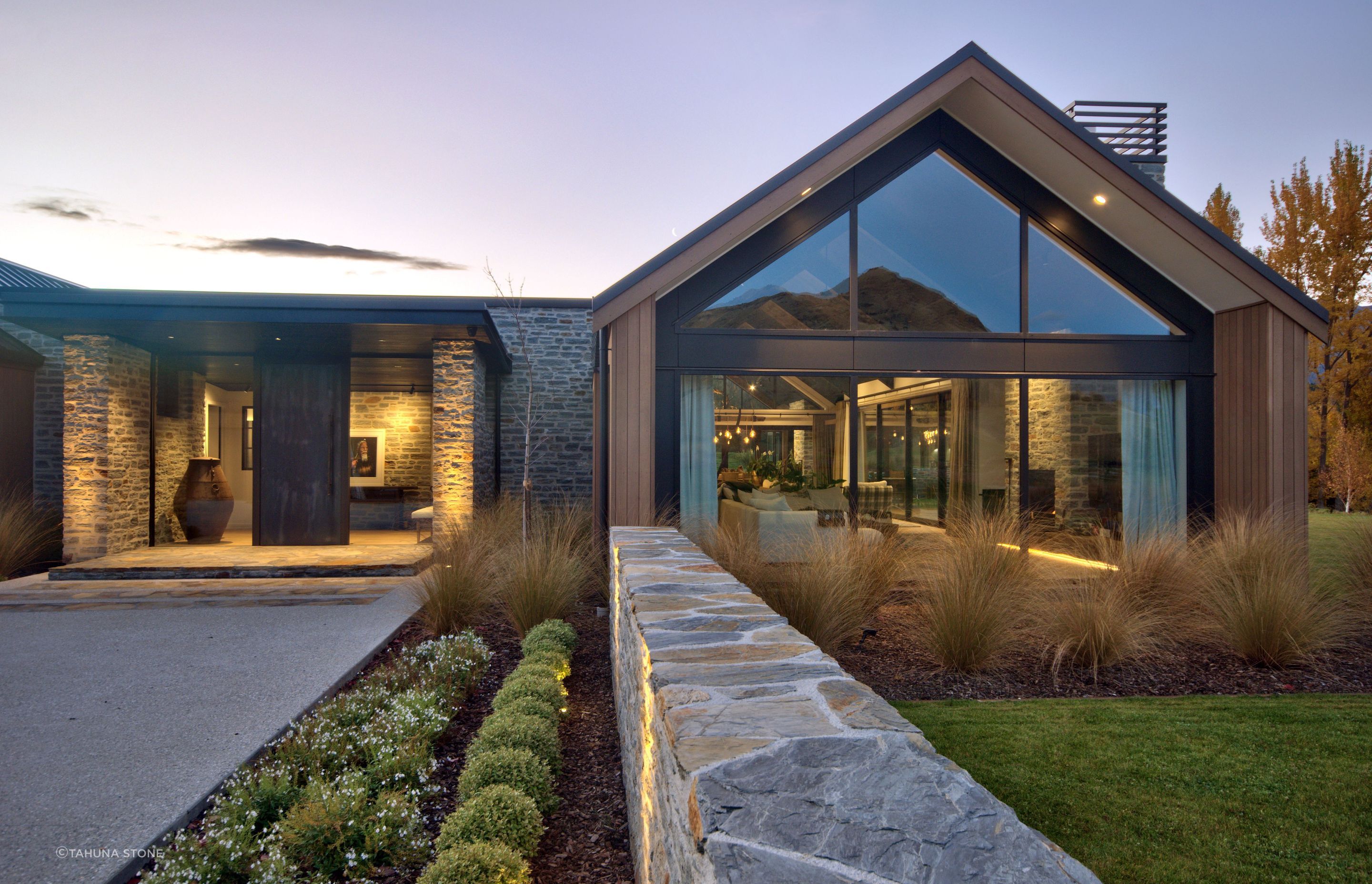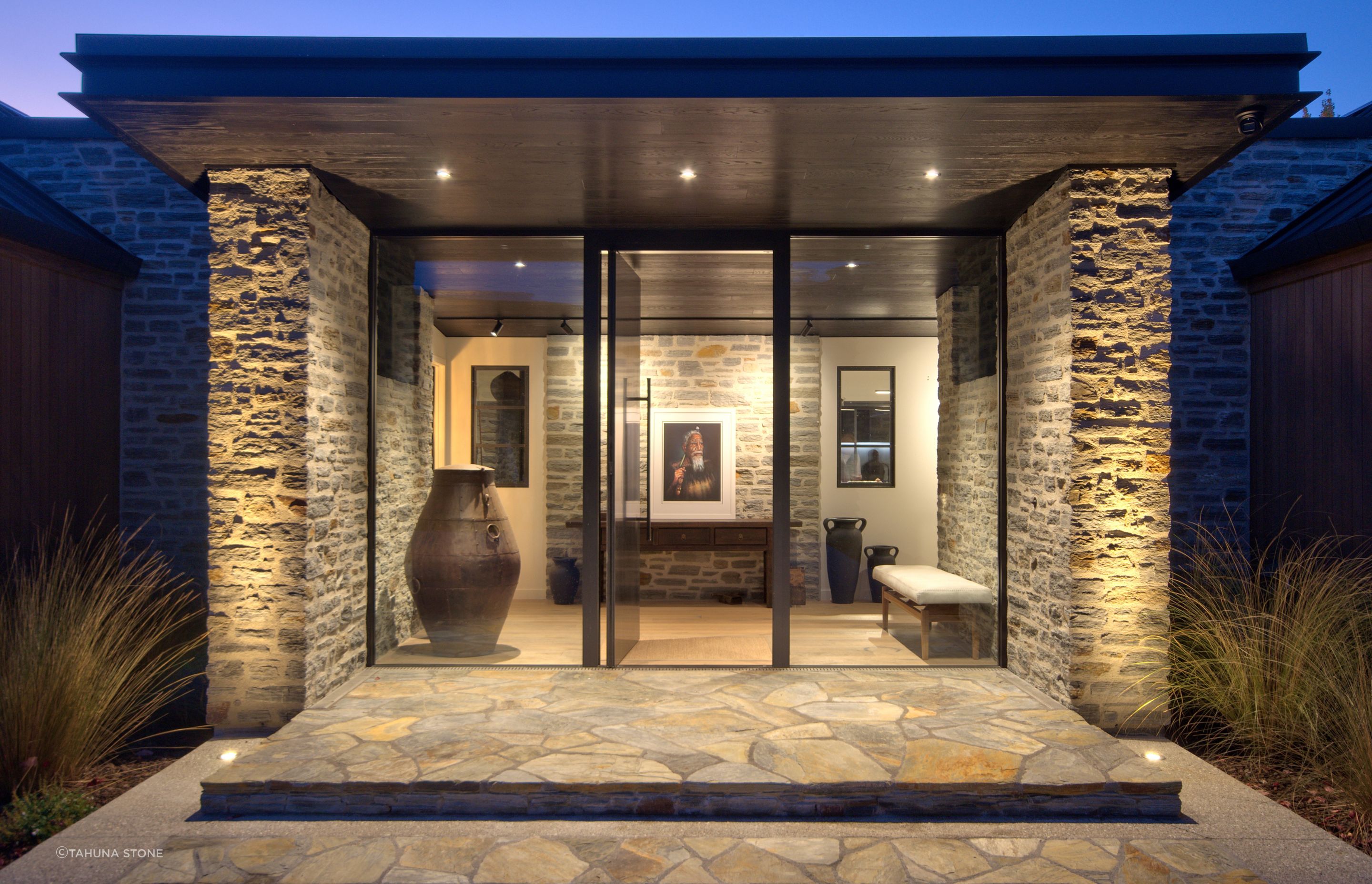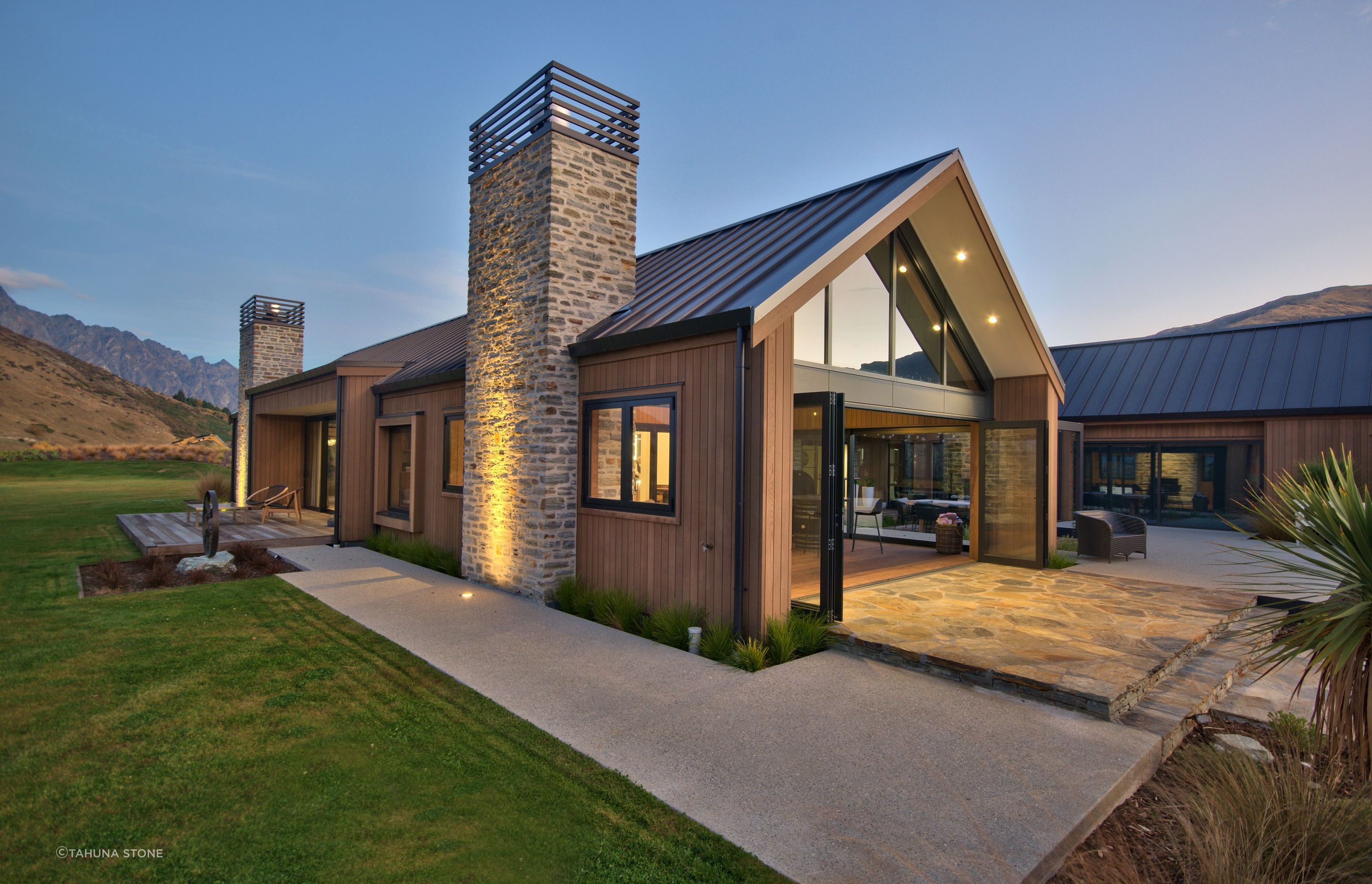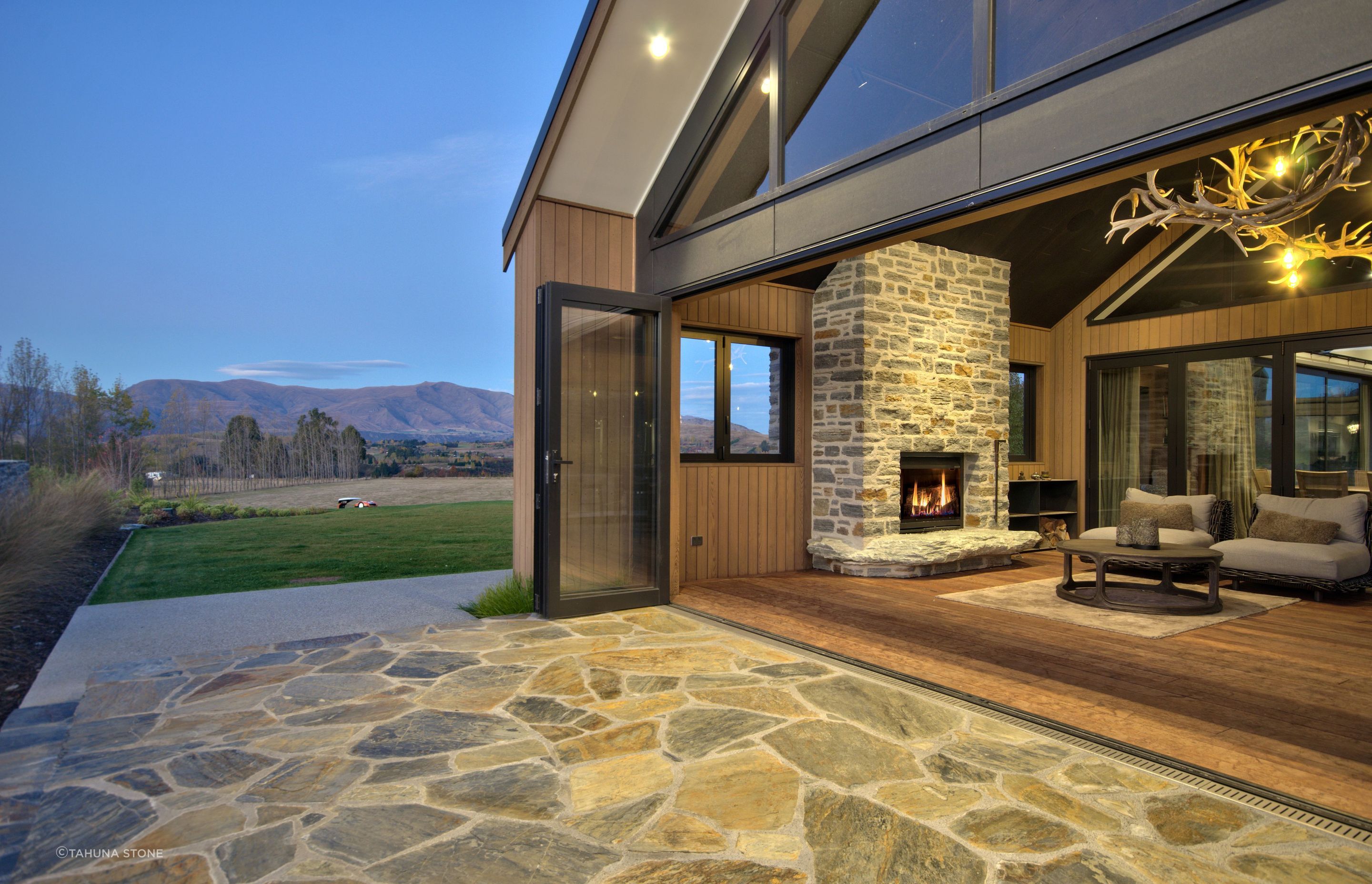The role of stonemasonry in sustainable architecture
Written by
22 August 2023
•
8 min read
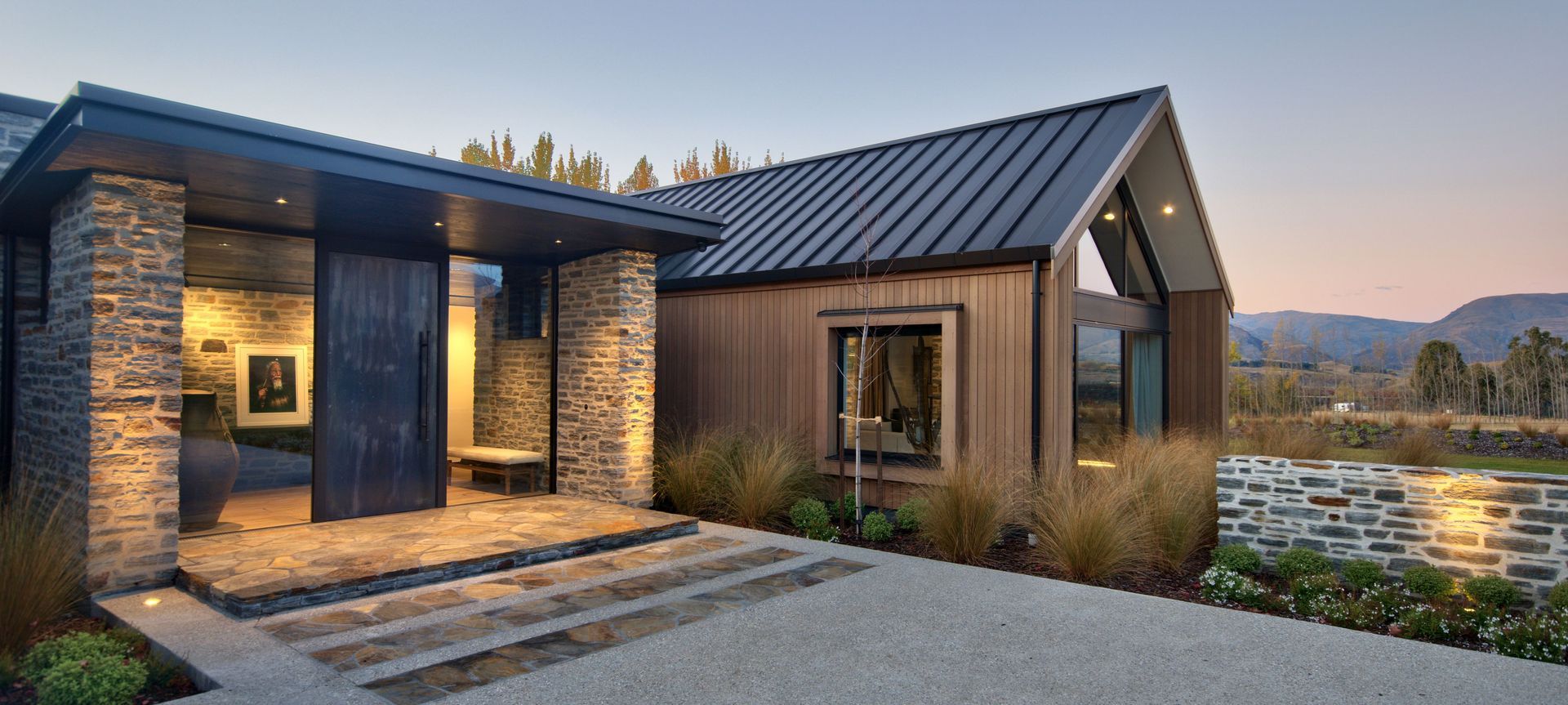
The age-old craft of stonemasonry has been favoured by ancient Egyptians, classical Greeks, and medieval Europeans. Its designs have been imitated during the Renaissance, and monopolised the Industrial era. Today, the craft and the material remain just as relevant, as our pressing, modern focus on sustainability has led to an emphasis on its ecological benefits.
Stonemasonry involves working with natural stone to construct, repair, or decorate structures. Using traditional techniques, stonemasons shape, carve, and lay stones to form elements such as walls, facades, arches, and columns.
“It is one of the oldest professions in the world,” shares Blair Simpson, Director of Tahuna Stone. “I love the fact that stone is all natural from quarry to completion, and it will last hundreds of years.”
The sustainability of stonemasonry is intrinsically tied to the material itself. Namely, its energy efficiency, durability, recyclability, water efficiency, and minimal need for maintenance. But the craft is still very much shaped by the eco-conscious choices of the stonemason, for instance, their decision to source locally or reuse materials.
With 18 years of experience, Blair Simpson has travelled the world honing his expertise. “Starting my journeymanship in 2005, I've worked all over New Zealand doing multiple houses in the North Island,” Blair shares. “I've also worked in Scotland and Norway learning different construction techniques.”
Now, as owner and director of Tahuna Stone in Queenstown, Blair uses traditional techniques and locally sourced schist stone to install cladding for houses, fireplaces, chimneys and landscaping walls across New Zealand. He works on both residential and commercial projects in a timely, efficient manner. “We meet with the architect and client and go through a process of understanding what stone style they're trying to achieve. Then, we'll measure off plans and order the stone from a local quarry or source from our own quarry only an hour from Queenstown,” explains Blair.
Energy efficiency and thermal mass
A remarkable contribution of stone in sustainable architecture lies in its energy efficiency. “Stone has a great thermal mass,” shares Blair. “It keeps the heat inside during winter and cools in summer."
Thermal mass refers to a material's ability to absorb, store, and later release heat when the surrounding temperature fluctuates. In the context of sustainable architecture, stone's thermal mass plays a significant role in improving indoor comfort and reducing energy consumption for heating and cooling.
When the sun's rays strike a stone surface, the stone absorbs and stores the heat as thermal energy. As the outdoor temperature drops, the stone gradually releases the stored heat back into the surrounding environment. This process helps in keeping the indoor spaces cooler during hot weather conditions, and warmer during cooler months.
The thermal mass of stone also smooths temperature fluctuations, preventing rapid and extreme changes in indoor temperatures. As a result, indoor spaces experience more stable and moderate temperature levels throughout the day and night.
These qualities make stonemasonry an ideal craft for architects to incorporate into passive solar designs.
Durability and longevity
Much like the craft itself, stone stands the test of time. "Stone will outlast all other cladding options by a long way," shares Blair.
Formed over millions of years through geological processes, stone is usually composed of minerals and mineraloids, which give it its strength and resilience. These minerals are bound together by natural types of cement, creating a cohesive and robust structure.
The inherent strength of stone ensures that buildings adorned with stone cladding can withstand harsh weather conditions and maintain their structural integrity for generations. Stone is non-combustible and has excellent fire-resistant properties, meaning it is ideal for fire-prone areas. Moreover, it is less likely to deteriorate or warp when exposed to the elements over time, minimising the need for frequent replacements. In turn, this reduces the consumption of additional materials and resources.
“We've done a lot of restoration on old buildings in the district,” Blair shares. “Removing old mortar and replacing it is a great way to make those older buildings last another 100 years.”
Local material sourcing
Sourcing natural and local materials is paramount within sustainable architecture, and stone is no exception. Transportation can subtract from its sustainable value due to the contribution to greenhouse gas emissions it causes. This is exacerbated by the size and weight of stone. By sourcing stone locally, the carbon footprint associated with transportation is minimised.
“It’s important for us to be eco-conscious,” shares Blair “We like to use products that can be sourced less than 50-kilometres from the job sites, cutting down on transportation costs and making sure we support other local businesses as well.”
“We also have a small quarry in Glenorchy which we use a lot, and we purchase stone from all over Central Otago,” adds Blair. “Wanaka Stones’ ‘poolburn’ is a favourite.”
On the topic of material weight, Blair adds, “I often hear from people that don't think they could get stone on their house as it's not possible to install due to the weight. Island Stone has a system now in which you cut the stone down to 40mm and install it using adhesive. It's a great use of stone and works well in renovation situations.
The use of locally sourced stone also has aesthetic benefits, as it contributes to the unique regional architectural identity of an area. It allows buildings to harmonise with the natural surroundings and cultural context, enhancing the sense of place and promoting a more sustainable approach to design.
Recyclability and reusability
The recyclability and reusability of stone are noteworthy attributes contributing to the sustainability of the material and its craft. "You can definitely reuse stone,” shares Blair. “Especially from stone walls that have been 'dry stacked’. We've also used stone from renovations, and it's worked well."
By recycling and reusing stone, there is a reduced need for extracting and processing new stone from quarries, as well as lower demand for other, new materials. The process of reusing stone also requires less energy than processing new stone, reducing the building’s carbon footprint.
The long life-span of the material can be utilised to effectively contribute to a circular economy with the help of skilled stonemasons.
Water efficiency and minimal maintenance
Stone is naturally water-efficient, and stonework typically requires minimal maintenance.
Natural stones, such as granite, marble and slate, generally have low porosity, which means they have fewer open spaces or pores through which water can penetrate. This characteristic reduces the absorption of water by the stone, making it less susceptible to water damage or deterioration.
When used in landscaping or hardscaping applications, some types of stone, particularly those with higher porosity, can retain small amounts of water within their pores. During dry periods, this stored water can be slowly released, providing a source of moisture for nearby plants or trees, contributing to water conservation efforts.
Using stone in strategic areas can further minimise the need for irrigation. For example, placing stones around plants can create a microclimate that conserves soil moisture and reduces water evaporation, resulting in less water required for plant maintenance.
Unlike many other building materials, stone can become more beautiful over time with minimal to zero maintenance. "Stonework normally doesn't need any maintenance,” adds Blair. “You may wish to give it a water-blast from time to time, but often when the stone starts to weather, it can look even better."
Biophilic design
Biophilic design principles focus on integrating natural elements into the built environment to foster a connection with nature. Stonemasonry plays a vital role in achieving this connection, particularly in regions where local stone is prevalent.
"Local schist stone is ubiquitous in central Otago, hence why it's used so often,” Blair explains. “The warm brown, red, and grey schist stone are the colours of the region, and being able to use those colours as cladding joins your house with the landscape like no other cladding can."
Collaboration with the local community
While sustainability is most commonly thought of in relation to the environment, it is far more intersectional and holistic. Sustainable architecture prioritises environmental responsibility, but also social equity, and economic viability. It should create spaces that minimise negative impacts on the environment whilst promoting human well-being and resource efficiency.
By working with local stonemasons like Tahuna Stone, who also work with other local businesses, the consumer votes with their feet. Rather than funding multinational corporations and conglomerates, time, money, and resources go back into the local community. This helps to shape a society, which, on a localised level, promotes social equity, economic viability, and environmental responsibility, thereby pertaining to a comprehensive, holistic view of sustainable architecture.
A multifaceted impact
Stonemasonry's role in sustainable architecture is multifaceted. From enhancing energy efficiency and thermal mass to providing durability, recyclability, and water efficiency, stone emerges as a compelling choice for conscientious architects and homeowners.
Tahuna Stone's dedication to sourcing local materials and supporting the identity of each region exemplifies the true potential of stonemasonry in creating a sustainable built environment. As more individuals and industries embrace the principles of sustainability, the craft of stonemasonry will continue to contribute to a greener, more sustainable future.
